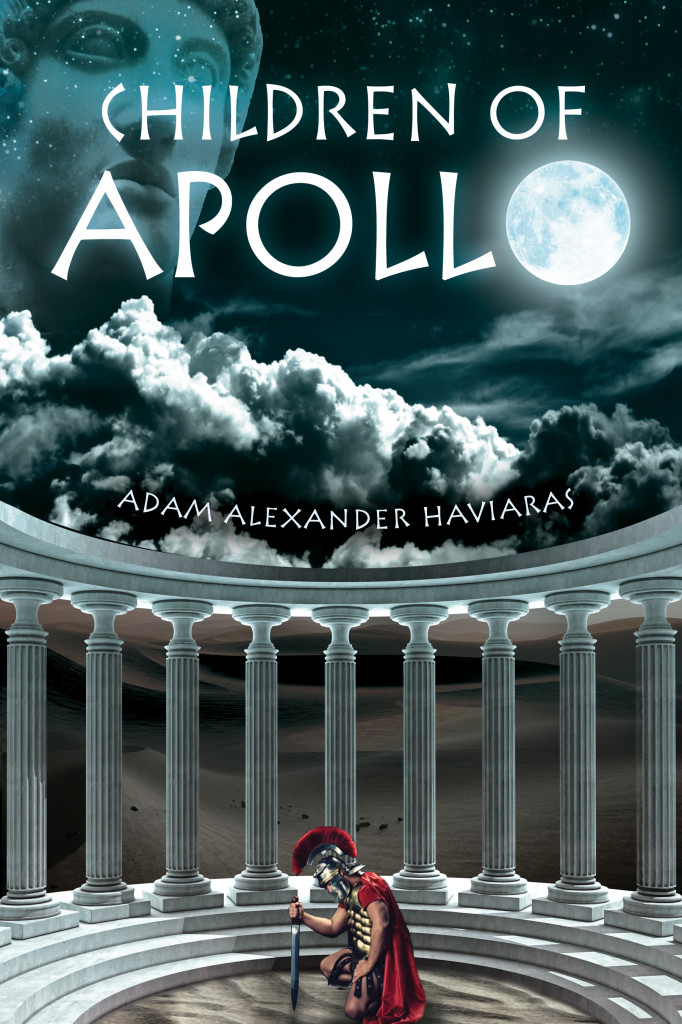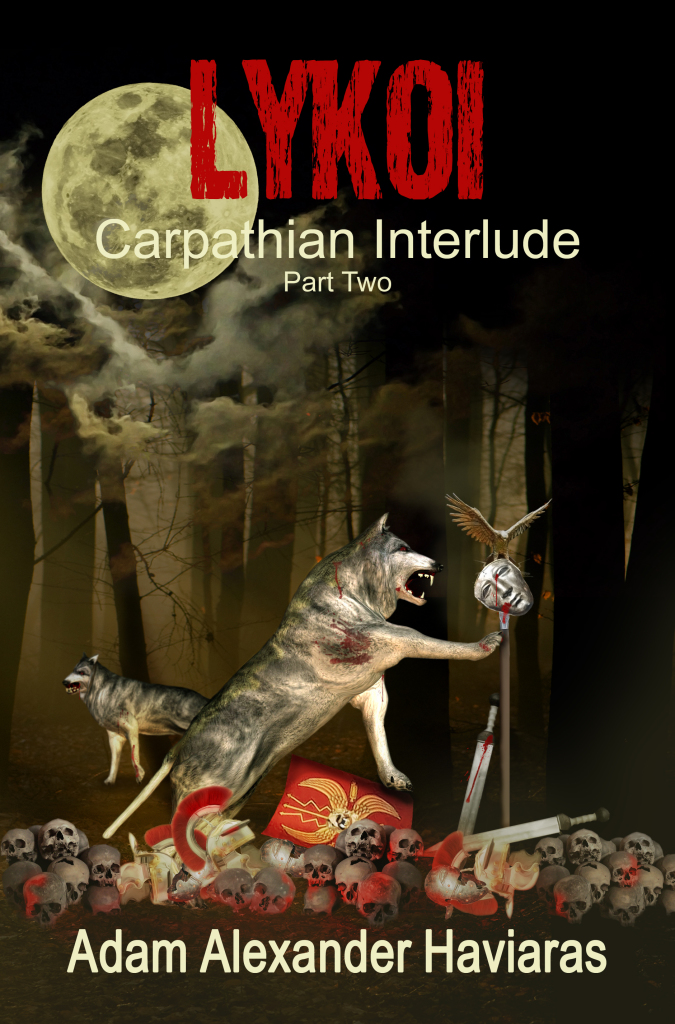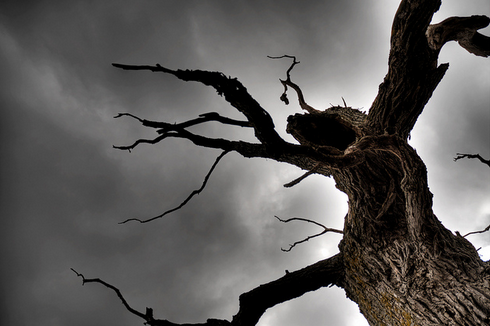
Apollo and the Sibyl
…from her shrine the Sibyl of Cumae sang her fearful riddling prophecies, her voice booming in the cave as she wrapped the truth in darkness, while Apollo shook the reins upon her in her frenzy and dug the spurs into her flanks. The madness passed. The wild words died upon her lips… (Aenied, Book VI)
In this series of posts on The World of Children of Apollo, we have been through the sands and cities of Roman North Africa, trod the marble-clad streets of Imperial Rome, and wandered the lush, ancient land of Etruria. We have met the imperial family and had a hint of the dangers that can come of an association with them.
In this post, we set off on a slightly different path into the realm of mystery and legend, and visit the cave of the Cumaean Sibyl, Apollo’s ancient oracle on the Italian peninsula. It is in the cave of the Sibyl that Lucius Metellus Anguis learns of a cryptic prophecy concerning his future.
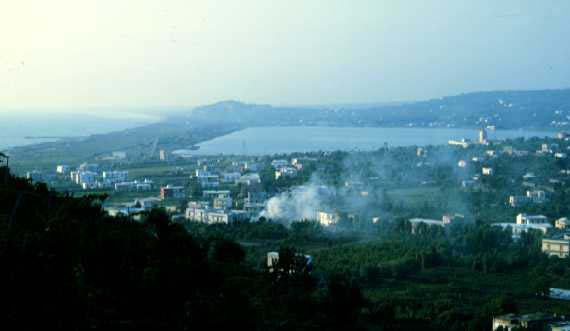
Cumae
Legend has it that Cumae was founded by ancient Greeks as early as 1050 B.C. and was, according to Strabo, the oldest of the Greek colonies on mainland Italy or Sicily. Cumae survived many years of war and attack until, under the Empire, it was seen as a quiet, country town in contrast to the very fashionable settlement of Baiae nearby. The acropolis of Cumae is a mass of rock rising two-hundred and sixty-nine feet above the seashore which lies one hundred yards away. The acropolis contains three levels of caves with many branches, and it is within these caves that the Cumaean Sibyl had her seat.
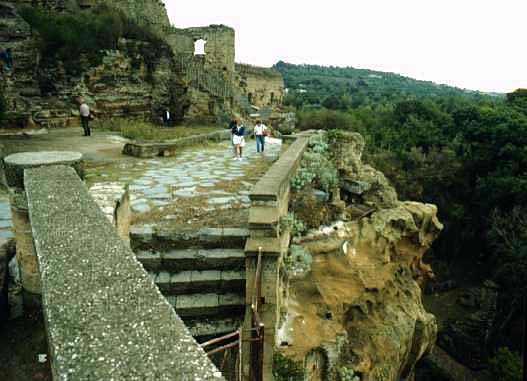
Cumaean Acropolis and Cave
One can approach the rock from the south-east. It is steep on all sides with remnants of the original Greek fortifications. The acropolis is an ancient place, a place where myth and legend can, if you manage to block out modernity, come alive. Within the acropolis stood the Temple of Apollo, God of Prophecy. Tradition has it that Daedalus himself built the temple. This was restored by the Romans who had great reverence for Apollo and the Sibyl who had prophesied the future of Rome to the last king, Lucius Tarquinius Superbus, in the Sibylline Books.
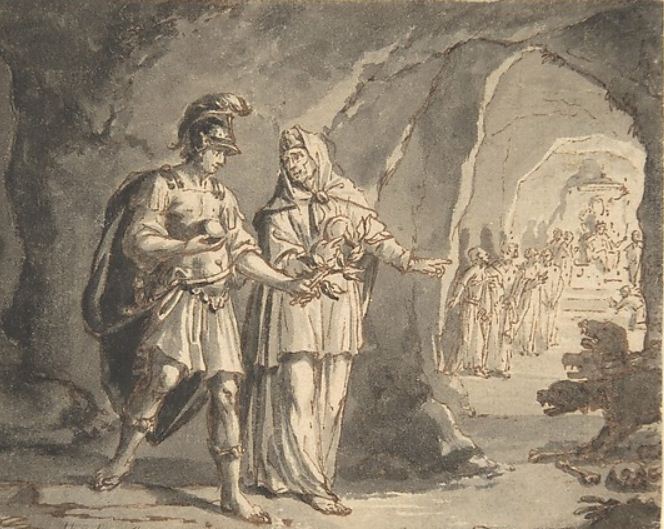
Aeneas and the Sibyl
As the story goes, Tarquinius would not pay the Sibyl her extortionate price for all nine books. The Sibyl burned three and yet he refused to pay. She burned another three and the king relented, paying the original price for the remaining three books. A lesson there, to be sure! The Sibylline Books were kept in the Temple of Jupiter on the Capitoline Hill until c. 80 B.C. when it burned down. The books were so valuable, having been referred to in times of great crisis for Rome, that a re-collection of Sibylline prophecies was undertaken in all corners of the Empire. Augustus finally had the prophecies moved to the Temple of Apollo on the Palatine Hill, where our main character, Lucius Metellus Anguis spends much time in Children of Apollo.
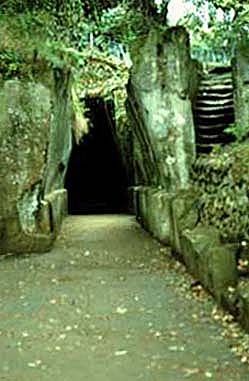
Entrance to the Cave
But who was the Sibyl? Her person is surrounded by the haze of legend. She was mortal, but she lived for a thousand years. In the Aeneid, it was the Sibyl who guided Aeneas to the underworld so that he could visit his dead father, Anchises, in Hades. Her story is a sad one too. When Apollo met her, the god offered her a wish in exchange for her virginity. The Sibyl then picked up a handful of sand and asked that she live as many years as the number of grains of sand she held in her palm. The old adage, ‘Careful what you wish for,’ certainly rings true in the Sibyl’s case. Tragically, she did not wish for eternal youth as well, and as a result, over the centuries, her young, once-beautiful body withered until all that remained was her prophetic voice. In Children of Apollo, this is a voice that Lucius Metellus Anguis will not soon forget.

The Sibyl’s Inner Chamber
The traditions of ancient Greece and Rome are of full of tales of tragedy, choices wrongly-made, beauty, love, hate and deception. The tales are heroic and terrifying, inspiring and thought-provoking. And oftentimes, there is a physical place associated with a particular tale, a place you can visit and hear the voices of the past. You can stand in a spot where once a Trojan hero may have stood, as well as emperors and Caesars, or common soldiers. It may be a place or tale that shook the foundations of the world, of a people, or of a solitary individual trying to find his way.
For Lucius Metellus Anguis, the Sibyl’s cave is a place that will haunt him for a long time to come.
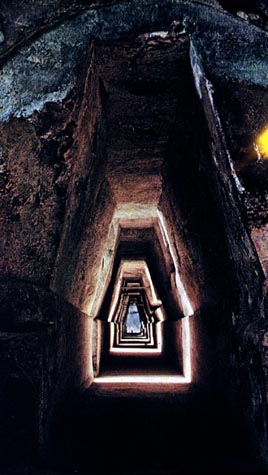
Looking to the Light from Inside the Cave
This is the final post in this series, The World of Children of Apollo.
If you have already read Children of Apollo (and reviews are very welcome!) you can continue the adventure with Lucius Metellus Anguis in Killing the Hydra which is also available.
See you again soon, and thanks for reading!
